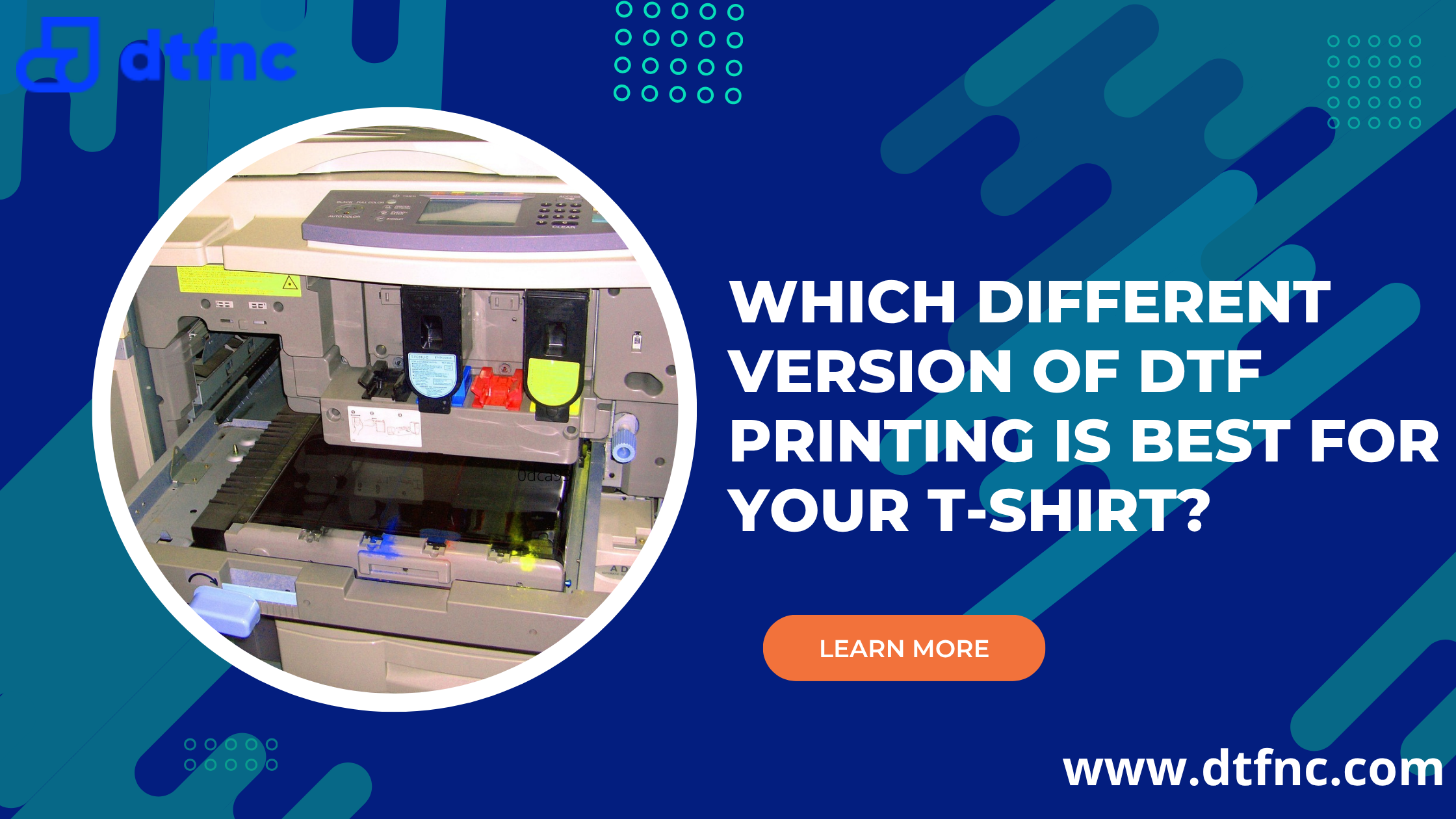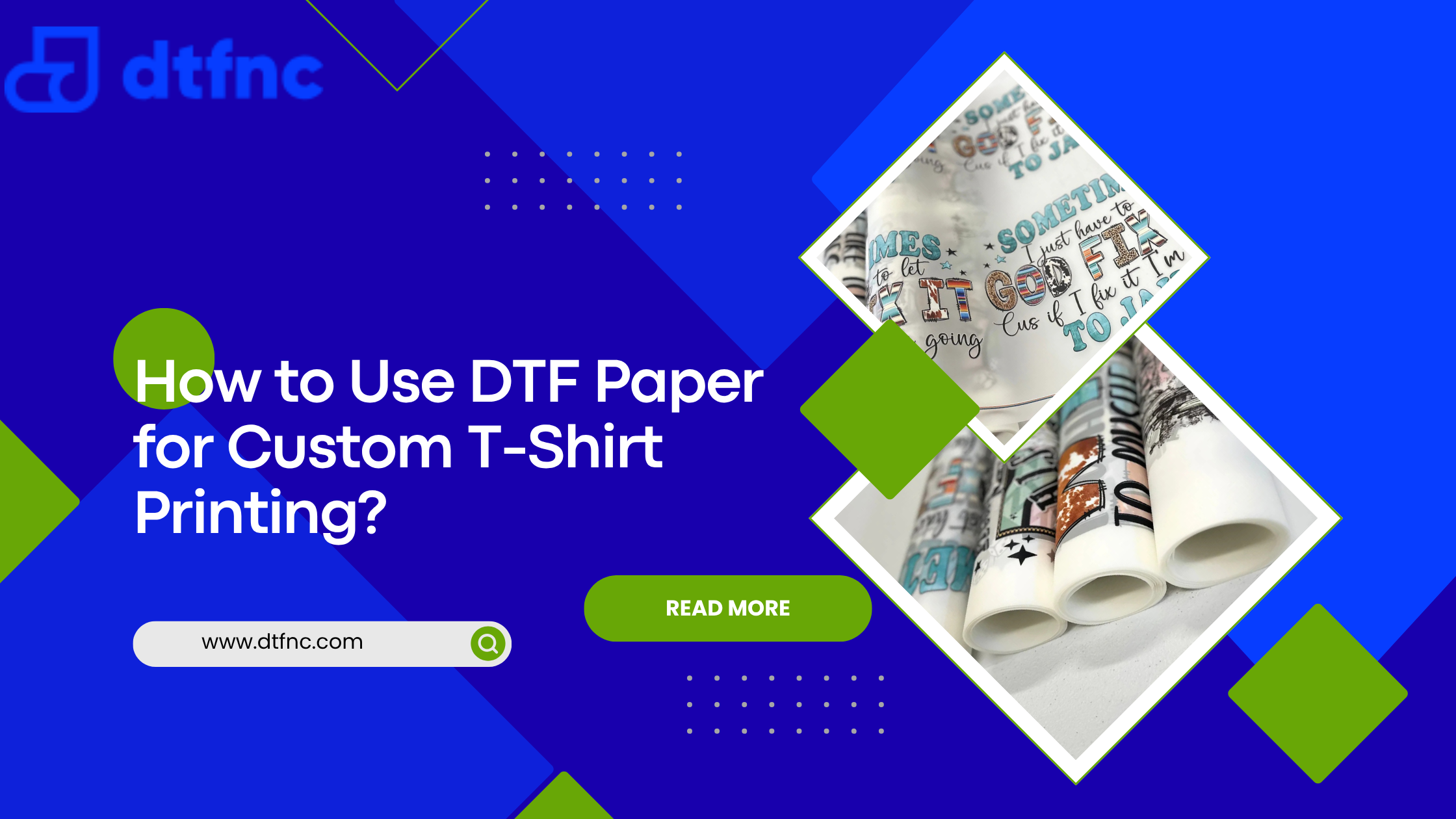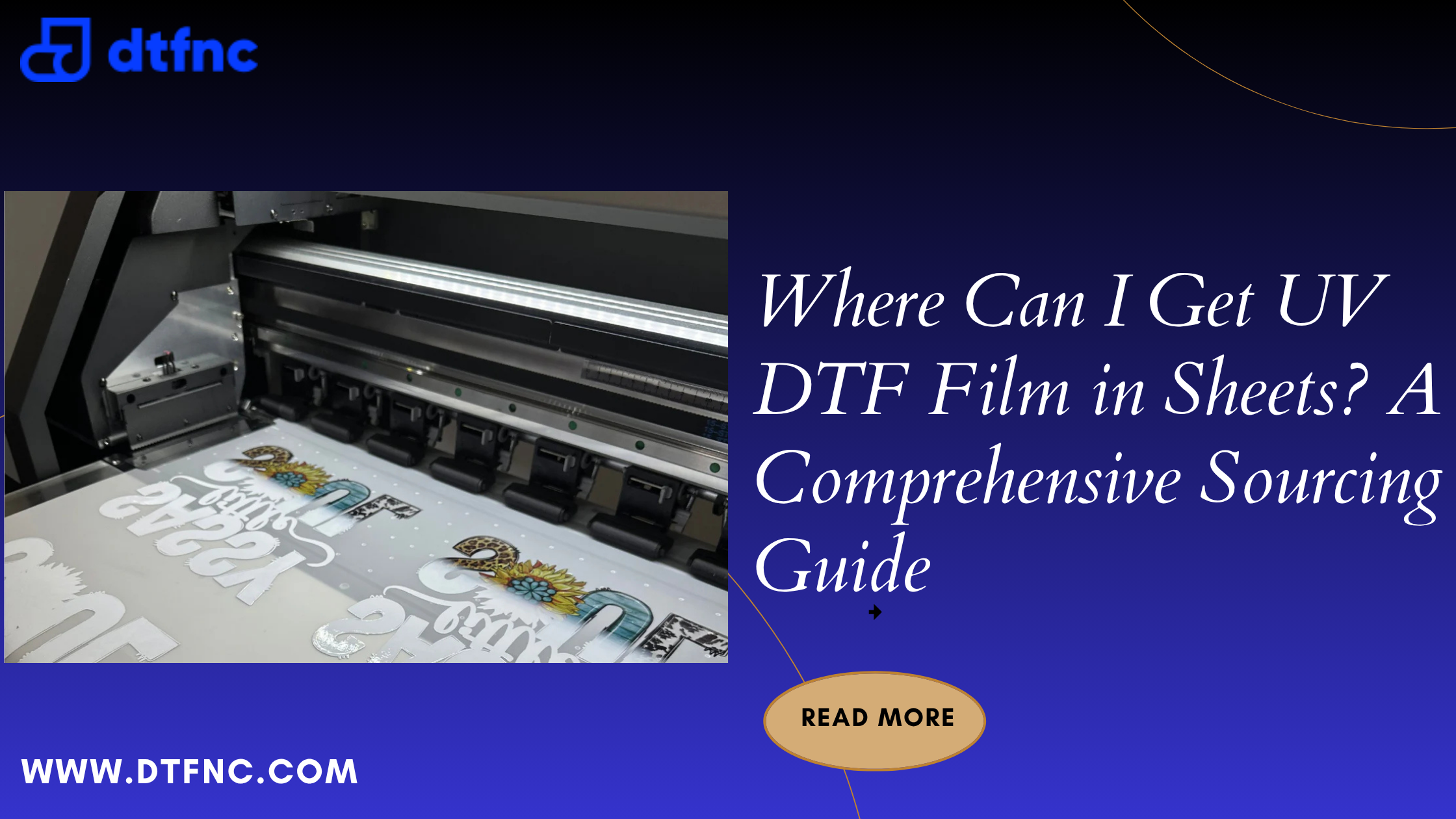The world of T-shirt customization is brimming with creative techniques. Two popular methods that have gained traction are Direct-to-Film (DTF) and sublimation printing. Both allow for vibrant designs on various fabrics, but can you leverage them together? This blog delves into the world of "DTF sublimation," exploring its possibilities and limitations.
What is DTF Sublimation?
While it might sound like a combination of two techniques, true DTF sublimation isn't the standard workflow. DTF printing uses specially formulated inks that adhere to a film. This film, along with a special adhesive powder, allows for transfers onto a wider range of fabrics, including cotton, which is a challenge for traditional sublimation.
However, there's a "hack" gaining popularity online: using sublimation ink for DTF transfers. This involves printing your design with sublimation ink onto DTF film, followed by the usual DTF process of adding powder and heat pressing it onto the garment.
Also Read: 6 Common Sublimation Issues & How to Fix Them
Can You Use Sublimation Ink on DTF Film?
Technically, yes. Sublimation ink can be used on DTF film. The key difference lies in the ink's behavior. Sublimation ink transforms from a solid to a gas during the heat press process, bonding with the fabric's fibers. DTF ink, on the other hand, sits on top of the fabric, held in place by the adhesive powder.
What are the Benefits of DTF Sublimation?
-
Print on Cotton:
This might be the biggest draw for existing sublimation users. Sublimation traditionally shines on polyester fabrics, leaving cotton out of the picture. The DTF sublimation hack might allow you to create eye-catching designs on cotton T-shirts using your existing sublimation printer. This opens doors for new project possibilities without the initial investment in a new DTF setup.
-
Lower Ink Costs:
Limitations of the DTF Sublimation Hack:
-
Limited to Light Fabrics:
While DTF allows for printing on cotton, the sublimation hack might not work well on dark fabrics. Most sublimation ink sets lack white ink, which is essential for achieving vibrant colors on dark fabrics.
Without white ink, your design might appear dull or muted on dark-colored cotton garments. This limitation restricts the versatility of the DTF sublimation hack for projects that require designs on a wider color palette.
-
Transfer Durability:
-
Heat Settings:
Sublimation ink requires different heat settings compared to DTF ink. Experimentation is needed to find the optimal temperature and time for successful transfers with minimal ink bleeding.
Also Read: Everything you need to know: Heat Transfer Designs Wholesale
DTF vs. Sublimation: A Breakdown
Here's a quick comparison of DTF and sublimation to understand the key differences:
|
Feature |
DTF Printing |
Sublimation Printing |
|
Ink Type |
Specifically formulated DTF ink |
Sublimation ink |
|
Printing Substrate |
DTF film |
Polyester or poly-blend fabrics |
|
Fabric Compatibility |
Wider range of fabrics (cotton, poly-blends, spandex, nylon etc.) |
Best for polyester or poly-blend |
|
White Ink |
Included in DTF ink sets
|
Not typically included |
|
Transfer Durability |
Relies on adhesive powder |
Bonds with fabric fibers |
The Final Word: Weighing the Pros and Cons
The DTF sublimation hack offers a potential avenue to expand your printing capabilities, particularly if you're already invested in sublimation printing and are curious about printing on cotton. However, the limitations in terms of fabric compatibility, durability, and potential for wasted materials are crucial factors to consider. Here are some key takeaways:
- Best for small, light-colored cotton projects with existing sublimation equipment.
- Limited color options due to the absence of white ink in most sublimation ink sets.
- Durability might be lower compared to traditional DTF transfers.
- Requires trial and error for optimal heat settings to avoid ink bleeding.
DTF sublimation can be a valuable tool in your T-shirt customization arsenal, but it's not a one-size-fits-all solution. For the best results and long-lasting designs, especially on a wider range of fabrics, traditional DTF printing with dedicated DTF ink remains the champion.
If you're unsure which method to choose, consider the type of projects you'll be undertaking most frequently. If you primarily work with cotton and want to experiment with a potentially cost-effective option, the DTF sublimation hack might be worth a try. However, for professional-grade results, durability, and wider fabric compatibility, traditional DTF printing is the recommended approach.
FAQs:
What kind of ink do you use for DTF transfers?
DTF transfers require specially formulated DTF ink that adheres to the film and works with the adhesive powder.
What is the difference between sublimation and DTF heat transfer?
Sublimation ink transforms into a gas and bonds with the fabric fibers during heat pressing. DTF ink sits on top of the fabric, held in place by the adhesive powder.
Can sublimation ink be used on heat transfer paper?
No, sublimation ink is not designed for heat transfer paper. It requires specific settings and high temperatures for proper gasification and bonding with the fabric.
Can I print DTF on a regular printer?
No, DTF printing requires a special printer that can handle thicker DTF ink and has the capability to print white ink.








